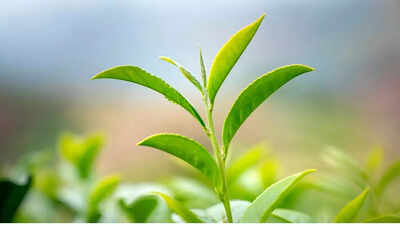
For a long time, scientists thought that plants detected heat mainly through proteins that are active at night. Now, recent discoveries have revealed a much more intricate process. This changes our existing understanding of how plants respond to heat. The study shows that plants use a combination of sunlight, sugar, and internal signals to regulate their growth response to warmth during the day, a process known as thermomorphogenesis. This breakthrough sheds new light on the complex ways plants adapt to their environment. When it’s hot, they don’t just react – they think and adjust. They use sugars to understand their surroundings and grow perfectly when conditions are just right.
Study shows how plants use sugar to detect heat in sunlight
Scientists previously thought certain proteins (phytochrome B and ELF3) helped plants sense heat, but this was based on nighttime data. According to Earth.com, in a study published in the journal Nature Communications, researchers found that during the day, when it’s hot and sunny, these proteins don’t work the same way. Instead, they discovered a new heat-sensing mechanism that involves sugar and is active even in strong sunlight. This new finding shows that plants have different ways to respond to heat, depending on the temperature.
The dual role of sugar and temperature in plant growth
The study found that sugar plays a crucial role in helping plants sense heat during the day. When it’s hot, plants break down stored starch into sucrose, which then helps stabilize a protein called PIF4 that promotes growth. PIF4 needs two things: sugar to keep it stable and freedom from another protein (ELF3) that normally suppresses it, to work effectively. When both the conditions are met, the plant grows properly. This dual system ensures plants only grow when it’s warm and they have enough sugar, allowing them to stretch upwards.Under normal situations, ELF3 effectively inhibits PIF4 in two ways. However, high temperatures provide ELF3 conditions that disable it, allowing PIF4 to function. This means PIF4 can start plant growth when it is warm and there is enough sugar for energy. Warmth is important for PIF4; both sugar and warmth are needed for a complete growth responseAlso read | Scientists discover oldest rocks on Earth, over 4.16 billion years old














